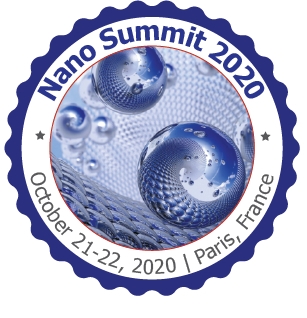
A. C. Matin, Ph. D.
Professor Stanford University, USA
Title: A side-effect free chemotherapy for treating cancer by directed gene delivery and a prodrug
Biography
Biography: A. C. Matin, Ph. D.
Abstract
Chemotherapy with no or minimal side effects is an urgent need. One means of attaining it is through gene-delivered prodrug therapies (GDEPTs). Prodrugs are harmless until activated by a bacterial or viral gene product; they can kill tumors without side effects if the activating gene is specifically delivered to cancer. Previous GDEPT approaches have been hampered from low gene delivery and duration of expression; insufficient bystander effect; use of viruses as gene delivery vehicles; and the need to inject the gene directly into the tumor – the latter minimizes GDEPT applicability, since many cancers, particularly cancer metastases, are not amenable to direct gene injection. My collaborators and I have addressed these problems. The use of the prodrug CNOB (C16H7CIN2O4) that we discovered facilitated this because its activated drug MCHB (C16H9CIN2O2) can be quantitatively visualized in living mice; and by using exosomes (EVs) for gene delivery. Recently, we have enhanced the clinical transfer prospect of this approach by:
(i) use of the prodrug CB1954 (tretazicar) for which safe human dose is established, and our humanizes and improved bacterial enzyme, HChrR6; (ii) using HChrR6 mRNA instead of DNA for gene delivery; and (iii) loading the EVs with in vitro transcribed HChrR6 mRNA without using potentially harmful plasmids. This loading required several steps. mRNA being unstable, we ensured its functionality for tretazicar activation at each step. Besides tretazicar, HChrR6 can convert CNOB into MCHB, which is easily visualizable through its fluorescence. This enabled us to ascertain HChrR6 mRNA translated product’s competence for tretazicar activation by monitoring its ability to generate fluorescence from CNOB. Systemic administration of the loaded EVs that displayed an anti-HER2 single-chain variable fragment and that of tretazicar arrested human HER2+ breast cancer xenografts in athymic mice. This occurred without injury to other organs. This, along with the elimination of the need for direct gene injection into the tumor, moves GDEPT closer to clinical transfer. This approach can treat any disease in which a receptor/ligand is overexpressed.

